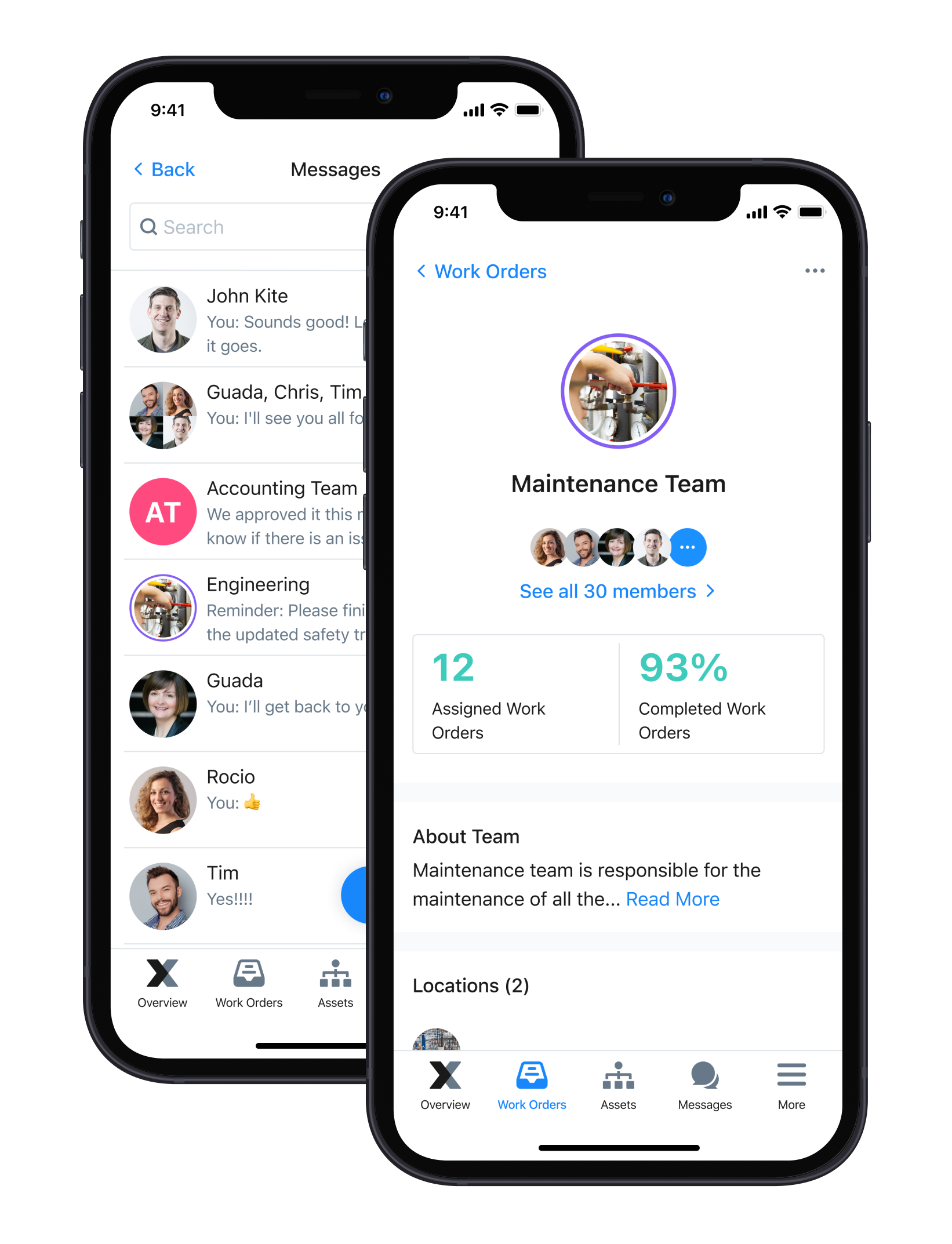The fundamental difference between iteration-based agile and flow-based agile manufacturing is in how they are organized. Flow-based agile is like a long race run in short bursts. Iteration-based agile is like a short race run at full speed.
Agile manufacturing is a manufacturing system that focuses on ensuring quick responses to customer needs. Agile does not prize speed over all other factors, however. While meeting customer demands is essential, maintaining high-quality standards and acceptable production costs is equally vital to agile manufacturing.
Similar to lean manufacturing, agile manufacturing is driven by kaizen. It works by making minor improvements in the manufacturing process. Putting it differently, agile operates on the principle that these minor improvements can yield significant benefits in cost and customer satisfaction.
Agile manufacturing is based on three principles:
- rapid iteration,
- flexibility, and
- worker-driven change.
You can apply these principles to a variety of approaches. Let’s look at the two primary approaches.
Flow-Based Agile Manufacturing
Flow in agile operations refers to workflow, or the work process. Flow-based agile focuses on delivering value to customers as soon as the workflow is completed.
The goal is to create a continuous and unbroken flow by keeping production size manageable. This means teams run through many small batches in quick succession, completing one batch before moving on to the next. In addition, agile teams set work-in-progress (WIP) limits and track cycle time to continuously optimize their efforts
Iteration-Based Agile Manufacturing
Another way of organizing workflows is to make delivery happen within specific time limits, known as iterations. These time spans are also known as time boxes, and iteration-based agile is also known as time-boxed agile. Teams complete work increments during these time boxes, all set at the same size. Teams manage progress by estimating how much work they can fit into a particular time box.
“Any enterprise-wide agile transformation needs to be both comprehensive and iterative. That is, it should be comprehensive in that it touches strategy, structure, people, process, and technology, and iterative in that not everything can be planned up front.”
McKinsey
Differences between Flow-Based Agile and Iteration-Based Agile
The fundamental difference between both is in how they are organized. Flow-based agile is like a long race run in short bursts. Iteration-based agile is like a short race run at full speed.
However, executing either framework requires different tools and approaches. Let’s consider these now.
Methodology
The flow-based approach is organized with Kanban principles. Kanban involves visualizing your work using process mapping. Here, teams use Kanban boards to organize workflow, limit work-in-progress, and maximize efficiency.
Iteration-based agile can be executed using Scrums. Scrum teams use incremental approaches through a set of intervals called sprints. The teams complete products, deliver them to customers, and get quick feedback that they then use to reiterate the next set of products. Scrum has three defined roles: the product owner, the scrum master, and the development team.
“An agile approach breaks down work into actionable sections (sprints), incorporating feedback and the ability to reprioritize work in response to shifting business needs or market changes in between each new sprint.”
Forbes
Planning
You prioritize flow-based systems according to necessity. They follow a just-in-time schedule, meaning work is done whenever new production needs to be carried out according to a waiting queue. Even though a flow schedule is flexible and subject to change, these systems help track flow metrics. Over time, you can study your processes and enable more predictive workflows.
On the other hand, you carry out iteration according to the backlog. Whatever work exists at the start of the iteration, you pick according to what is most important. Once a deliverable is complete, teams start on the next work cycle.
Feedback
Iteration cycles involve a feedback loop at the end of each cycle. Teams get feedback from customers and one another. They review the production process and the goods and take lessons from this into the next production batch.
You can correct any mistakes in the next batch and implement new ideas regarding production. Flow systems don’t have these kinds of feedback life cycles. Instead, the team picks up work and continues and implements feedback whenever it comes, wherever you can implement it.
“Honestly, there is no right or wrong approach. It all depends on the context . . . iterations can be great for product development projects. However, when the types of work often change, you rely on multiple other teams, and unexpected requests emerge, iterations can be hard to sustain. That’s where flow-based Agile comes in.”
Kanbanize
Iteration-Based Agile and Flow-Based Agile: Which Is Right for You?
Which agile approach is right depends on your team and your operations. But, most teams will benefit from some combination of both styles. For example, flow-based planning is excellent for executing projects that involve getting goods to customers as quickly as possible.
For other long-term projects that don’t need quick delivery to customers, iteration-based planning might be better.
You also need to consider your feedback. With the flow-based agile approach, you can implement feedback at any time. However, with iteration-based planning, you have to wait until the end of the time box to implement feedback. As such, reserve this approach for new work with goods that are not too sensitive to changing customer demands.
Use a CMMS to Carry Out Agile Manufacturing
Whatever combination of iteration-based and flow-based agile you choose to apply, a Computerized Maintenance Management System (CMMS) can improve system functionality and make things easier. Here are a few ways a CMMS can benefit your agile operations.

Plan Out Your Time-Box
A CMMS is a good place to start if you want a data-driven approach to iteration. For example, with our CMMS, you can create time-box work orders and assign these to staff instantly. In addition, you can communicate information such as the duration of the time box and the work that team members should prioritize.
Create Standard Operating Procedures
With a CMMS, you can standardize your project management and communicate your processes and procedures to stakeholders. With our CMMS, for example, features a Global Procedure Library with SOPs across industries and use cases. As a result, your staff will have access to clear instructions and guidelines about work procedures.
Refine Your Processes
As we suggested earlier, running a combination of both strategies is a good idea. However, figuring out just how to combine them can be a challenge. With MaintainX, you can track, store, and analyze your performance data over time. In addition, our CMMS comes with dashboards that allow you to visualize data and KPIs. Over time, you’ll be able to be retrospective and apply the lessons learned from your prior performance toward improving your processes.

MaintainX and Agile Frameworks
With our CMMS, you can facilitate your agile approach and processes in many ways. We can help you streamline your operations, automate your work orders, and communicate with staff on the go. Our CMMS is the world’s first work order software with chat. This gives your entire team real-time connectivity. You can collaborate on agile projects, ensure your team is up to date, and get updates from workers on the shop floor.
Don’t just take our word for it, though. MaintainX was rated the #1 CMMS in G2’s Winter 2023 Report. We eliminate the need for pen-and-paper processes, whatever your short- or long-term goals. So try us out today and watch how well your team works!
See MaintainX in action



